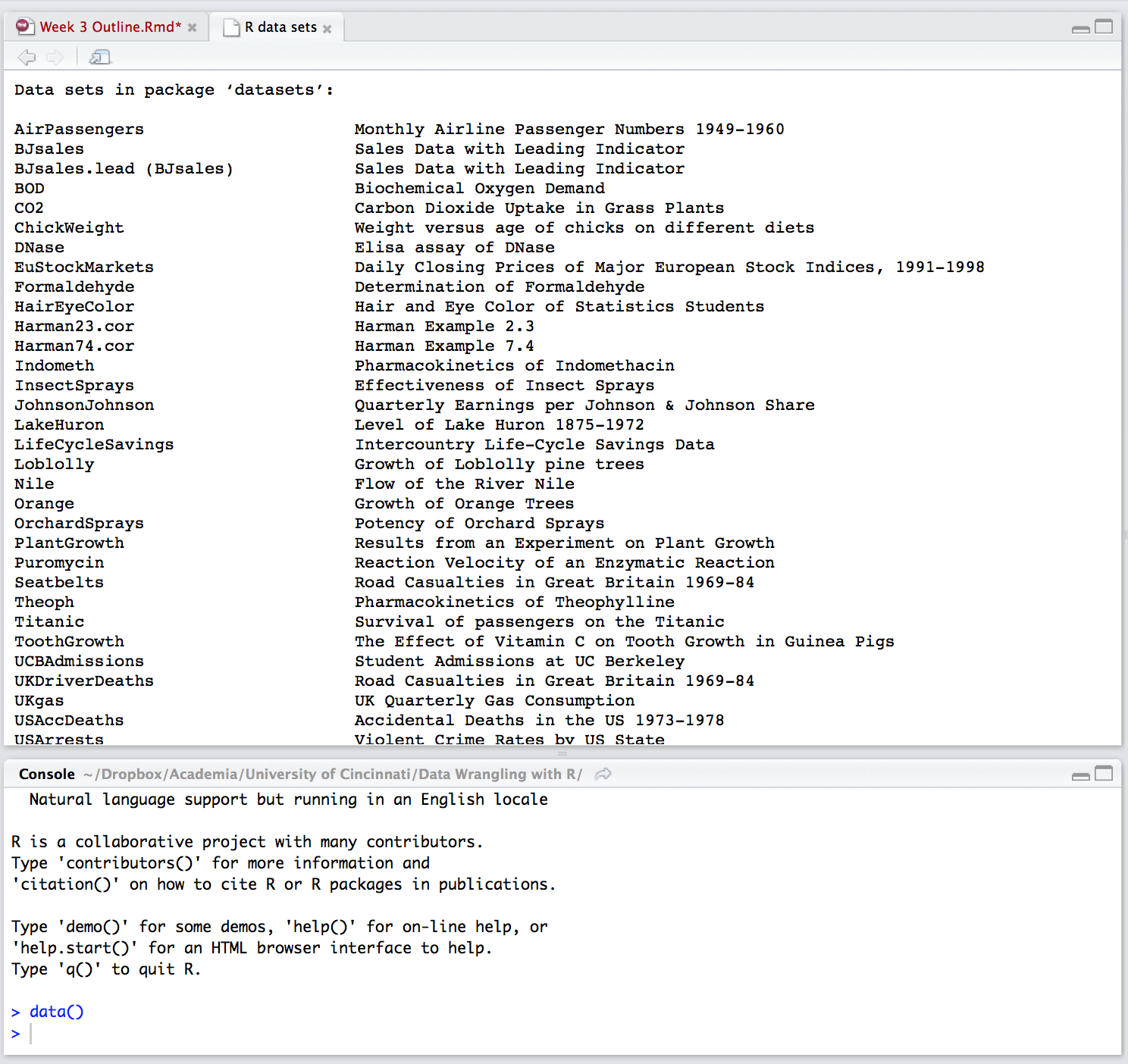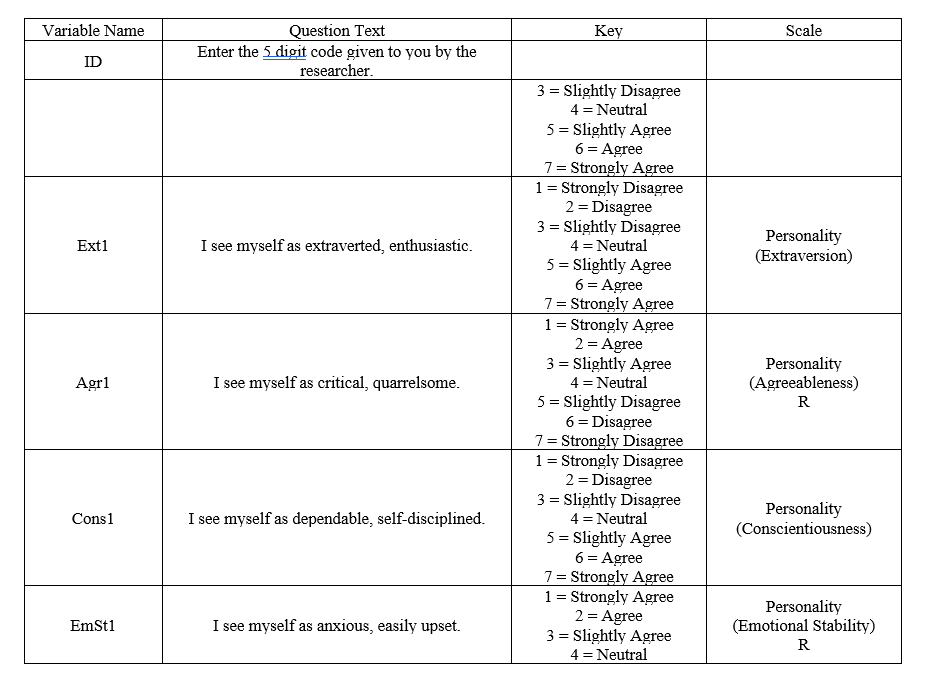Codebook password manager uses SQLCipher, an open-source, encrypted database, to store all data. Users create a master password to access their database. Codebook also has additional authentication features like touch ID, face ID, and fingerprint login. But then again, so does TrueKey. Automatic Synchronization. A codebook is a technical description of the data that was collected for a particular purpose. It describes how the data are arranged in the computer file or files, what the various numbers and letters mean, and any special instructions on how to use the data properly.
Mount Laurel, NJ Codebook
In an effort to assist our residents and other visitors to this site, Mount Laurel Township now provides the Township Codes online. Mount Laurel Township has a contract agreement with GENERAL CODE Publishing to provide this service directly to our users. Users must be aware that the Township Code is an ever changing compilation of ordinances which are continuously revised. The Code Book on the web is provided as an assistance to users, but it may not reflect the most up-to-date version of the Township Code. Before accessing the Mount Laurel Township Code, users must positively affirm that he/she understands that the version of the Code they are about to access exists for review and generic purposes and that users should contact the Mount Laurel Municipal Clerk’s Office to obtain an official version of any or all provisions of the Township Code.
I have read the above disclaimer concerning the Township’s ability to provide the Township Code through this website and I UNDERSTAND THESE LIMITATIONS AND I AM WILLING TO PROCEED.
>>CLICK HERE
What is a Codebook?
A codebook describes the contents, structure, and layout of a data collection. A well-documented codebook 'contains information intended to be complete and self-explanatory for each variable in a data file 1.'
Codebooks begin with basic front matter, including the study title, name of the principal investigator(s), table of contents, and an introduction describing the purpose and format of the codebook. Some codebooks also include methodological details, such as how weights were computed, and data collection instruments, while others, especially with larger or more complex data collections, leave those details for a separate user guide and/or data collection instrument.
The main body of a codebook contains unambiguous variable level details. These include, as shown in the example below from the National Longitudinal Survey of Youth, 19792, the following:
- Variable name: The name or number assigned to each variable in the data collection. Some researchers prefer to use mnemonic abbreviations (e.g., EMPLOY1), while others use alphanumeric patterns (e.g., VAR001). For survey data, try to name variables after the question numbers - e.g., Q1, Q2b, etc. [In above example, H40-SF12-2]
- Variable label: A brief description to identify the variable for the user. Where possible, use the exact question or research wording. ['SF12 - ASSESSMENT OF R'S GENERAL HEALTH']
- Question text: Where applicable, the exact wording from survey questions. ['In general, would you say your health is . . .']
- Values: The actual coded values in the data for this variable. [1, 2, 3, 4, 5]
- Value labels: The textual descriptions of the codes. [Excellent, Very Good, Good, Fair, Poor]
- Summary statistics: Where appropriate and depending on the type of variable, provide unweighted summary statistics for quick reference. For categorical variables, for instance, frequency counts showing the number of times a value occurs and the percentage of cases that value represents for the variable are appropriate. For continuous variables, minimum, maximum, and median values are relevant.
- Missing data: Where applicable, the values and labels of missing data. Missing data can bias an analysis and is important to convey in study documentation. Remember to describe all missing codes, including 'system missing' and blank. [e.g., Refusal (-1)]
- Universe skip patterns: Where applicable, information about the population to which the variable refers, as well as the preceding and following variables. [e.g., Default Next Question: H00035.00]
- Notes: Additional notes, remarks, or comments that contextualize the information conveyed in the variable or relay special instructions. For measures or questions from copyrighted instruments, the notes field is the appropriate location to cite the source.
For variables that are compiled, created, or constructed, such as the examples below from the Aging of Veterans of the Union Army: Military, Pension, and Medical Records, 1820-19403 study and the Welfare, Children, and Families: A Three-City Study4 , fewer details are needed: variable name and label, as well as a description of how the data were compiled or created.

The order of variable descriptions in the codebook usually matches the order of the data. To enhance usability on complex or larger data collections, researchers sometimes add appendices listing variable names and labels alphabetically, by sample characteristic, or according to the substantive groups to which they belong - e.g., Demographic Variables, Health Status Variables. This is helpful to the user in locating variables of interest.

Codebooks come in a variety of shapes and formats. As long as the content is complete and self-explanatory, the stylistic touches can match the needs of the research project.
Additional Examples
Codebook Example
Below are additional examples of variable level details from a wide variety of research codebooks.
American National Election Study, 2008-2009 Panel Study5
National Longitudinal Study of Adolescent Health (Add Health), 1994-19956
General Social Surveys, 1972-20087

National Survey on Drug Use and Health, 20098
Capital Punishment in the United States, 1973-20089
Resources
State of anarchy download for mac. UK Data Archive, 'Documenting Your Data/Data Level/Structured Tabular Data'
http://www.data-archive.ac.uk/create-manage/document/data-level?index=1Institute for Health and Care Research Quality Handbook
http://www.emgo.nl/kc/codebook/
Princeton University Data and Statistical Services, 'How to Use a Codebook'
http://dss.princeton.edu/online_help/analysis/codebook.htmUCLA Social Science Data Archive, 'Codebooks'
http://dataarchives.ss.ucla.edu/tutor/tutcode.htmReferences
1Guide to the NLSY97 Data. Retrieved August 1, 2011, from http://www.nlsinfo.org/nlsy97/97guide/chap3.htm#threethree2Ohio State University. Center for Human Resource Research. National Longitudinal Survey of Youth, 1979 [Computer file]. ICPSR04683-v1. Ann Arbor, MI: Inter-university Consortium for Political and Social Research [distributor], 2007-09-17. doi:10.3886/ICPSR046833Codebook 2020
Fogel, Robert W., et al. Aging of Veterans of the Union Army: Military, Pension, and Medical Records, 1820-1940 [Computer file]. ICPSR06837-v6. Ann Arbor, MI: Inter-university Consortium for Political and Social Research [distributor], 2006-06-05. doi:10.3886/ICPSR068374Angel, Ronald, Linda Burton, P. Lindsay Chase-Lansdale, Andrew Cherlin, and Robert Moffitt. Welfare, Children, and Families: A Three-City Study [Computer file]. ICPSR04701-v7. Ann Arbor, MI: Inter-university Consortium for Political and Social Research [distributor], 2009-02-10. doi:10.3886/ICPSR047015American National Election Study, 2008-2009 Panel Study Frequency codebook, version 20090903. Retrieved August 1, 2011, from http://electionstudies.org/studypages/2008_2009panel/anes2008_2009panel_fcodebook.txt6National Longitudinal Study of Adolescent Health (Add Health), Wave I School Administrator Codebook. Retrieved August 1, 2011, from http://www.cpc.unc.edu/projects/addhealth/codebooks/wave1/index.html7 Davis, James A., Tom W. Smith, and Peter V. Marsden. General Social Surveys, 1972-2008 [Cumulative File] [Computer file]. ICPSR25962-v2. Storrs, CT: Roper Center for Public Opinion Research, University of Connecticut/Ann Arbor, MI: Inter-university Consortium for Political and Social Research [distributors], 2010-02-08. doi:10.3886/ICPSR259628United States Department of Health and Human Services. Substance Abuse and Mental Health Services Administration. Office of Applied Studies. National Survey on Drug Use and Health, 2009 [Computer file]. ICPSR29621-v1. Ann Arbor, MI: Inter-university Consortium for Political and Social Research [distributor], 2010-11-16. doi:10.3886/ICPSR296219United States Department of Justice. Office of Justice Programs. Bureau of Justice Statistics. Capital Punishment in the United States, 1973-2008 [Computer file]. ICPSR27982-v1. Ann Arbor, MI: Inter-university Consortium for Political and Social Research [distributor], 2010-09-07. doi:10.3886/ICPSR27982
Davis, James A., Tom W. Smith, and Peter V. Marsden. General Social Surveys, 1972-2008 [Cumulative File] [Computer file]. ICPSR25962-v2. Storrs, CT: Roper Center for Public Opinion Research, University of Connecticut/Ann Arbor, MI: Inter-university Consortium for Political and Social Research [distributors], 2010-02-08. doi:10.3886/ICPSR259628United States Department of Health and Human Services. Substance Abuse and Mental Health Services Administration. Office of Applied Studies. National Survey on Drug Use and Health, 2009 [Computer file]. ICPSR29621-v1. Ann Arbor, MI: Inter-university Consortium for Political and Social Research [distributor], 2010-11-16. doi:10.3886/ICPSR296219United States Department of Justice. Office of Justice Programs. Bureau of Justice Statistics. Capital Punishment in the United States, 1973-2008 [Computer file]. ICPSR27982-v1. Ann Arbor, MI: Inter-university Consortium for Political and Social Research [distributor], 2010-09-07. doi:10.3886/ICPSR27982